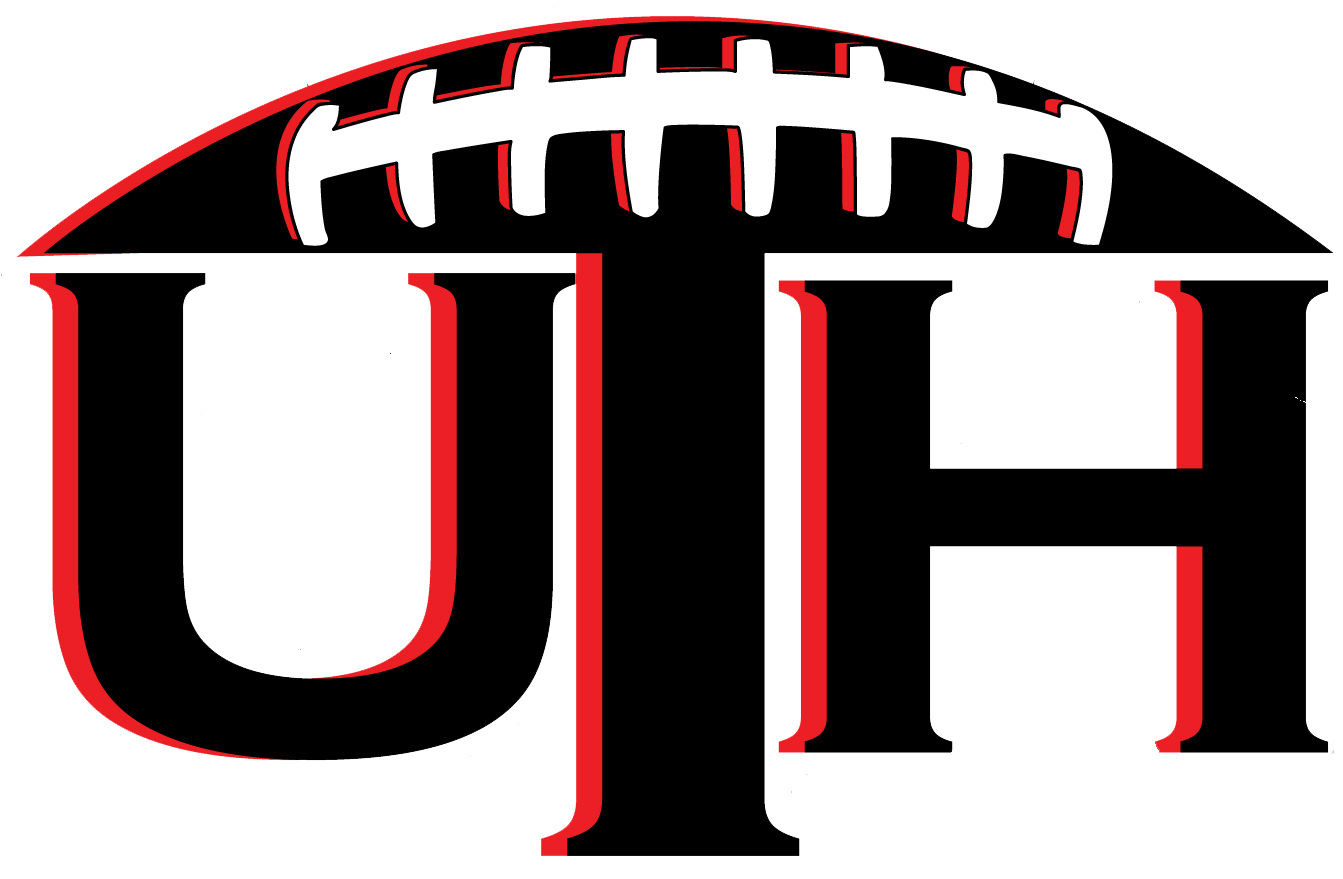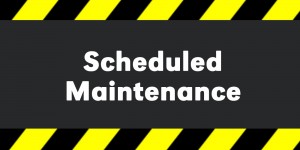Jeff Hill has been playing fantasy football for more than a decade but decided to get into dynasty in 2013. He’s been listening to UTH since before the launch of the site, and has written for UTH and Global Football Today. Follow him at @hill_jeffrey.
This series is geared towards the redraft player who is transitioning to dynasty for the first time. Suddenly, there is a whole new level of depth to the strategy, and making a few critical mistakes in the first year or two can set a team back several years. Read on for some tips on how to avoid those mistakes.
Know Yourself
In general, this might be one of the most challenging aspects to fantasy football ownership. Matt Waldman (@mattwaldman) often references the four legs of the fantasy football table of management: the draft, trades, working the waiver wire, and setting your weekly lineup. In an ideal world we would all want to be experts in all four legs; in reality, we would be lucky to be experts in just one. Like everyone on Earth, we think we’re an above-average driver.
Similarly, we often tend to overrate our own abilities to be a fantasy football owner. In particular, dynasty owners tend to talk themselves into sticking with their team in its current iteration for far too long, believing that they’ll be able to “coach up” an average team into a title.
Being able to self-identify weaknesses in our own management will go a long way towards improving the outlook of our teams. Maybe you’re too prone to recency bias, and will write off a player after one bad stretch, or conversely overrate a player after one good stretch. Or perhaps you’re too reliant on a single source for your information and advice, anchoring the outcome of your own work to that source.
Every analyst will whiff badly on some calls – they’re trying to predict the future. But anchoring your own decision making so staunchly to a single analyst is a very real risk. Confirmation bias can also make us overrate ourselves. We will put in the work, decide who “our guys” are, then hunt for data or news pieces that back up our thoughts, while ignoring all the data and news that contradicts the process.
I had a league mate confess to me recently that when he looked back at his past rookie drafts, he noticed a trend that he really struggled at successfully identifying players to draft after the first round or two. I was really impressed at his humility – it would’ve been easy to use anecdotal evidence on why he was “unlucky” here, or “had a bad break” there. But he recognized a weakness is his ability as a dynasty owner, and vowed to work on that, either by getting better at identifying rookie talent, or by trading out of those picks for players he had already seen at the NFL level.



